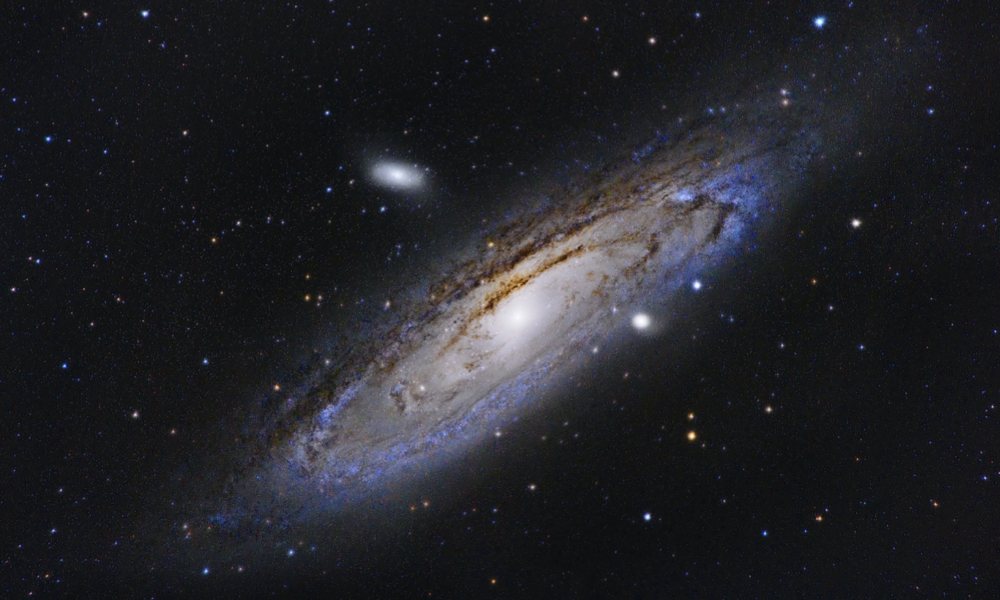
ESA Open Invitation To Tender AO8422
Open Date: 27/10/2015
Closing Date: 08/12/2015
Status: ISSUED
Reference Nr.: 15.155.15
Prog. Ref.: EOEP-4 Sup.Scien.Ele
Budget Ref.: E/0094-E4 – EOEP-4 Sup.Scien.Ele
Special Prov.: BE+DK+FR+DE+IT+NL+ES+SE+CH+GB+IE+AT+NO+FI+PT+LU+CZ+CA+PL+RO
Tender Type: C
Price Range: > 500 KEURO
Establishment: ESTEC
Directorate: Directorate of EO Programmes
Department: Science, Appl & Future Technologies Dept
Division: Mission Science Division
Contract Officer: Wesolowski, Szymon
Last Update Date: 27/10/2015
Update Reason: Tender issue
ESA’s Support To Science Element (STSE) study 3D-Earth (for STSE see http://due.esrin.esa.int/stse/index.php), will aim at an improved modelling of Earth’s interior especially the crust and mantle from heterogeneous and complementary date sets including those from satellites. The focus will be on the combination of information of GOCE gravity field information and Swarm magnetic field information with existing sources (ground- or near-surface data, seismic data etc.). The target will be on improving our knowledge of the crust and (upper) mantle or if possible a complete 3D Earth, but the role of deeper processes need to be analysed related to data sensitivities. Information on the GOCE and Swarm missions can be found at http://earth.esa.int/swarm and http://earth.esa.int/goce. For a solid Earth application it is referred to a STSE study website (http://goce4interior.dgfi.badw.de/index.php?id=7). This study produced a new data set of combined GOCE/GRACE gravity gradients at two altitudes of 225 and 255 km, and showed the benefit of using these instead of or together with terrestrial gravity for lithospheric modelling. This global data set is with gravity gradients is made publicly available for the solid Earth community at the project website and soon through the GOCE web pages. The study will contain sensitivity analysis between the model and all data types, this will include assumptions made on conversion parameters. Subsequently, modelling improvements are expected and attempts for joint inversion are expected. The study will focus on a global approach but case study areas with excellent access to complementary data sets may be used as test bed for building up the global case. A 3D-Earth science meeting was held in September 2014 to discuss open issues and challenges related to the topic. All presentations are publicly accessible at http://goce4interior.dgfi.badw.de/index.php?id=7.
If you wish to access the documents related to the Invitation to Tender, you have to log in to the ESA Portal.
